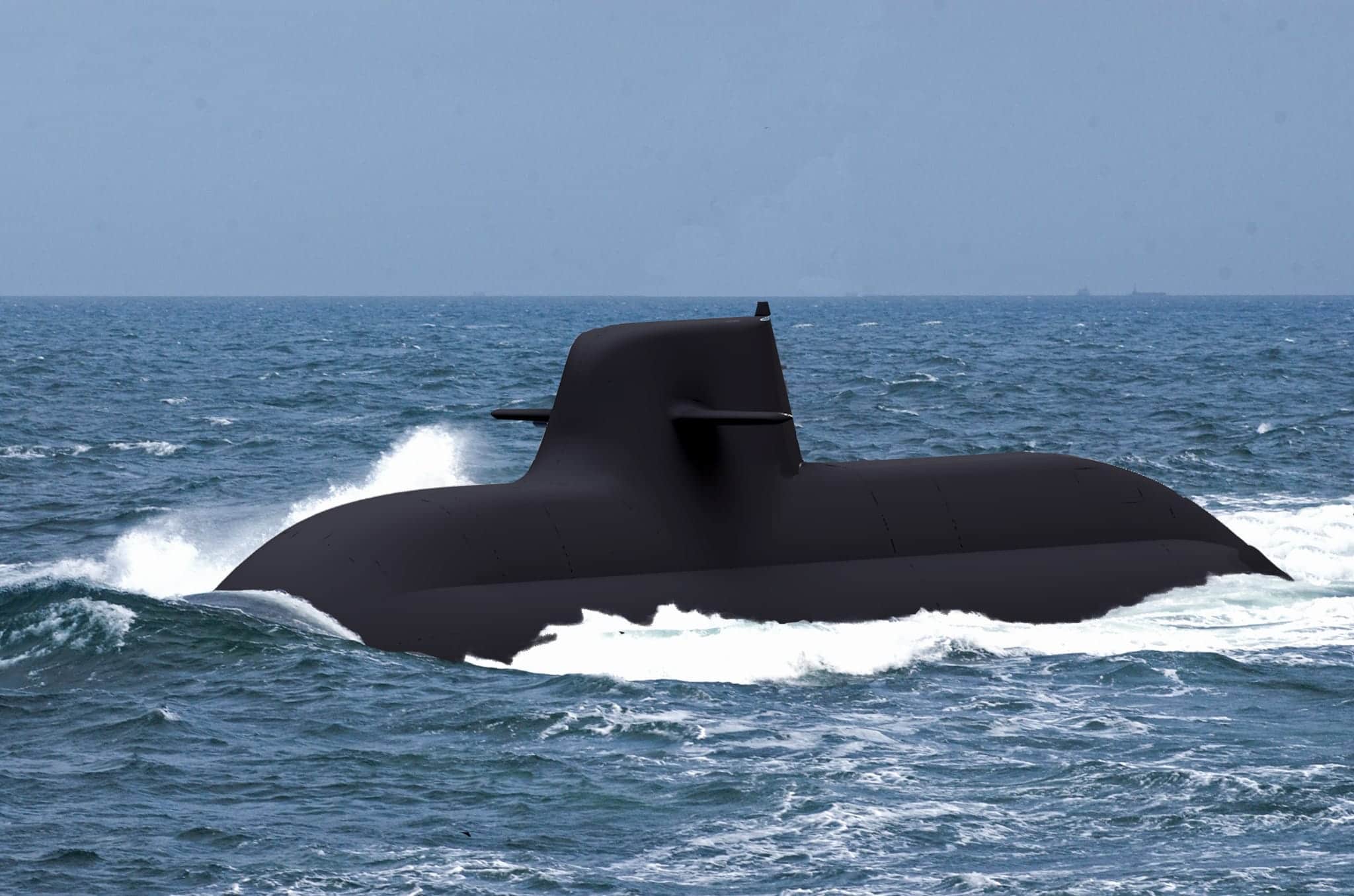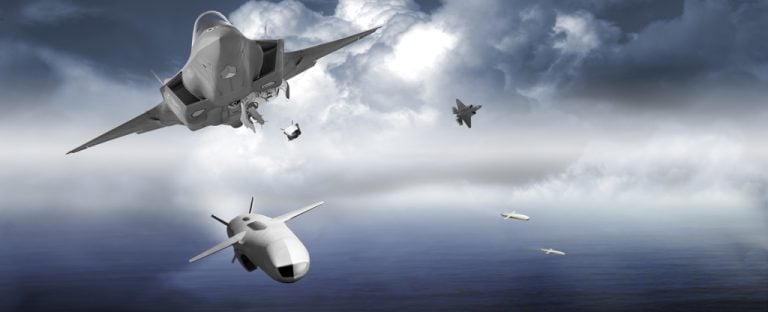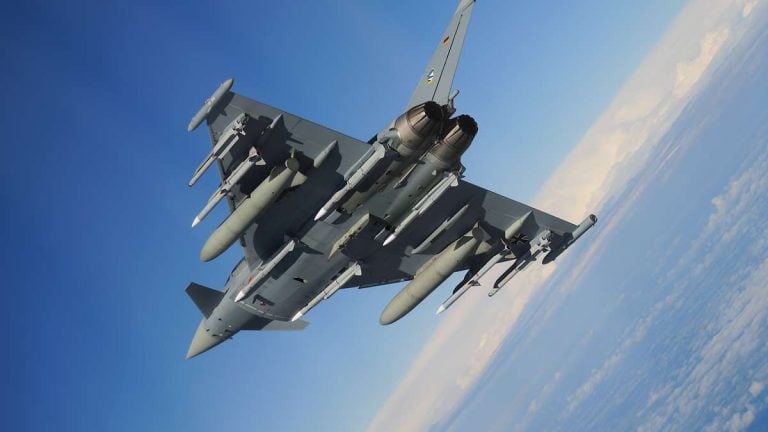European shipbuilders Fincantieri and thyssenkrupp Marine Systems (TKMS) have formalized an industrial cooperation agreement aimed at enhancing submarine capabilities for the Philippine Navy. As part of this partnership, the Italian shipbuilder Fincantieri will introduce its U212 Near Future Submarine, which aligns with Manila’s Horizon III military modernization initiative.
The U212 submarine is currently under development for the Italian Navy, in collaboration with TKMS, and represents an advanced implementation of the HDW Class U212A. The submarine boasts several sophisticated features, including air-independent propulsion systems and minimized acoustic, magnetic, and visual signatures, making it a formidable addition to naval capabilities.
Fincantieri CEO Pierroberto Folgiero expressed confidence in the collaboration, highlighting the company’s extensive experience in submarine construction and its commitment to delivering high-performance naval solutions. He stated that this cooperation marks a significant milestone in promoting their international export strategy, incorporating leading-edge technologies and high-quality craftsmanship from both Italian and German expertise.
In addition to providing advanced submarine technology, Fincantieri and TKMS plan to bolster local infrastructure and support the establishment of a new naval base for the Philippine Navy, utilizing their design capabilities to enhance the country’s maritime defense framework.
Amidst this robust proposal, other competitors are also vying for the Philippine submarines contract. Notable contenders include the French Naval Group, South Korea’s Hanwha Ocean, and Spain’s Navantia. Naval Group has put forth its Scorpène submarine model, whereas Hanwha has offered two options: the latest KSS-III PN and the earlier Ocean 1400PN variant. Meanwhile, Navantia proposes its S-80 submarine as a candidate for procurement.
This procurement process is part of the Philippines’ larger defensive overhaul known as Horizon III, or Re-Horizon III. This initiative represents the concluding phase of a comprehensive three-stage military modernization program initiated in 2013, with an estimated budget of around two trillion Philippine pesos (approximately $35 billion). The government aims to acquire at least two submarines to strengthen its archipelagic defense capabilities in light of increasing assertiveness from the Chinese Navy.
The Philippines, an archipelago comprising over 7,000 islands, has an extensive exclusive economic zone that includes several disputed territories in the South China Sea. Currently, the Philippine Navy does not operate any submarines, highlighting the pressing need for modernization in response to regional security challenges.



















